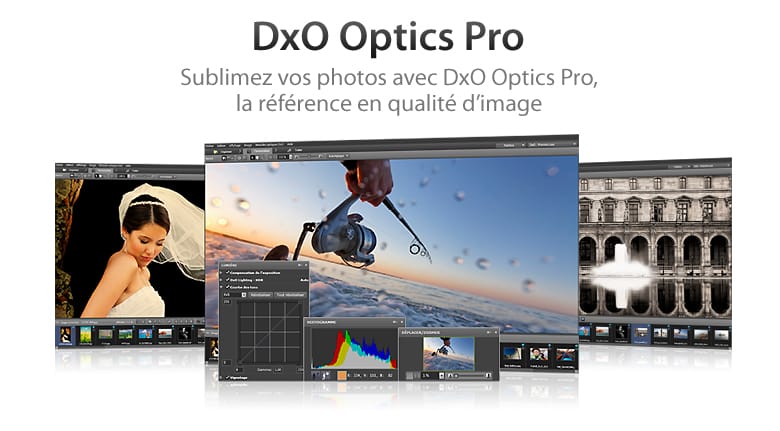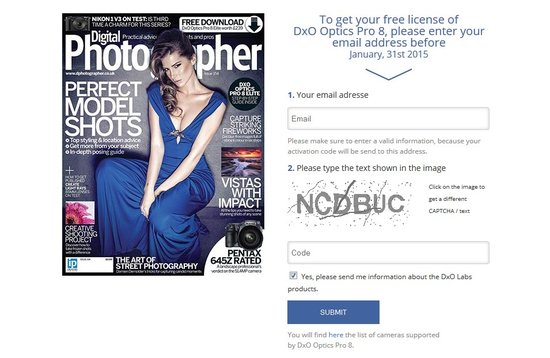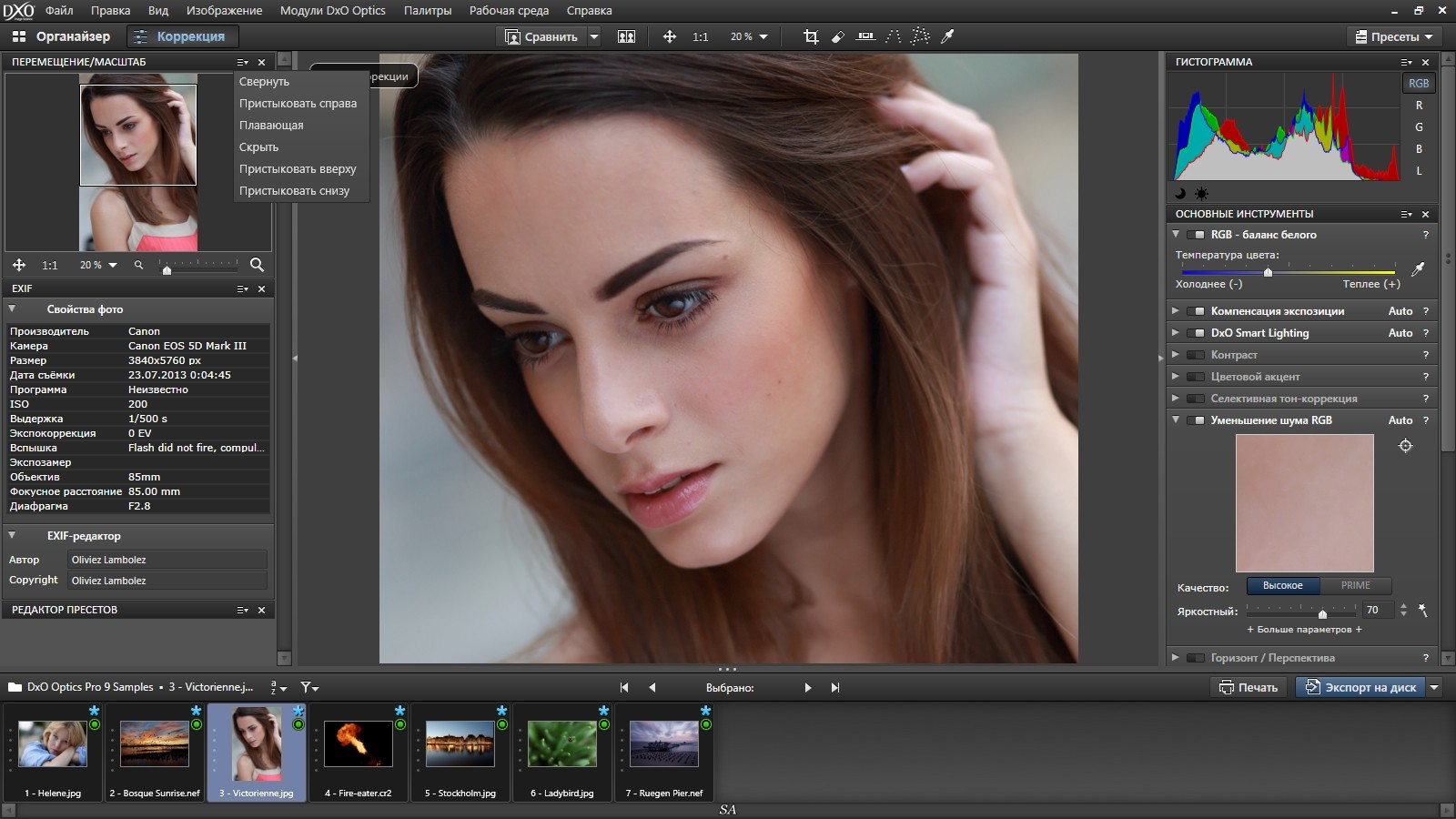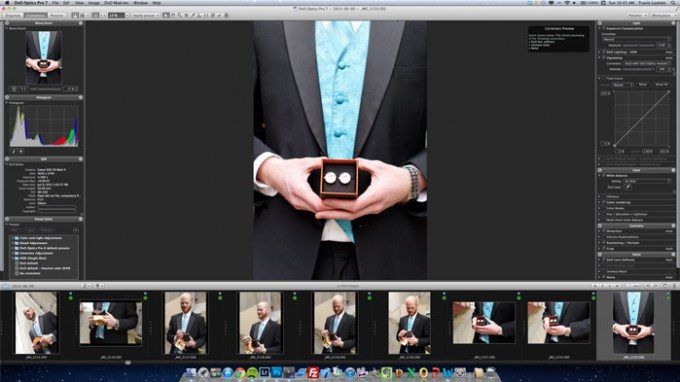

Upper left corner is the Jpeg that was returned from DxO Optics Pro 9.5 to Aperture (it looks great!).ĭxO Optics Pro 9.5 is top drawer software that is a good fit for Aperture users. Upper right photo is the TIFF used for the handoff (you can delete this). In my case, the Standard Edition was sufficient.Ĭomparing Files: Image on the bottom is the original RAW file. They have a compatibility checker to help you make the right choice. The difference between the two are the number of cameras supported. Until June 15, 2014, the Standard Edition is discounted to $99 and Elite is on sale for $199. Having access to top notch lens corrections, presets, and noise reduction fills major gaps with Aperture's editing tools.Īnd the price is reasonable right now. What this workflow lacks in smoothness, it more than makes up for in capability.

You can delete that from your Aperture library.


But what about Aperture? Can DxO Optics Pro work with it too? I explain how this works in the article, DxO Optics Pro 9.5 Intelligent Integration with Lightroom on c't Digital Photography Magazine. With the latest version, DxO can integrate smoothly into a Lightroom workflow. Image from Aperture opened in DxO Optics Pro 9.5. The program includes an array of useful tools for Aperture users such as noise reduction, lens corrections, geometric straightening, intelligent presets, and more. The software engineers at DxO Image Science have created a modern, powerful RAW processing app with DxO Optics Pro 9.5.


 0 kommentar(er)
0 kommentar(er)
